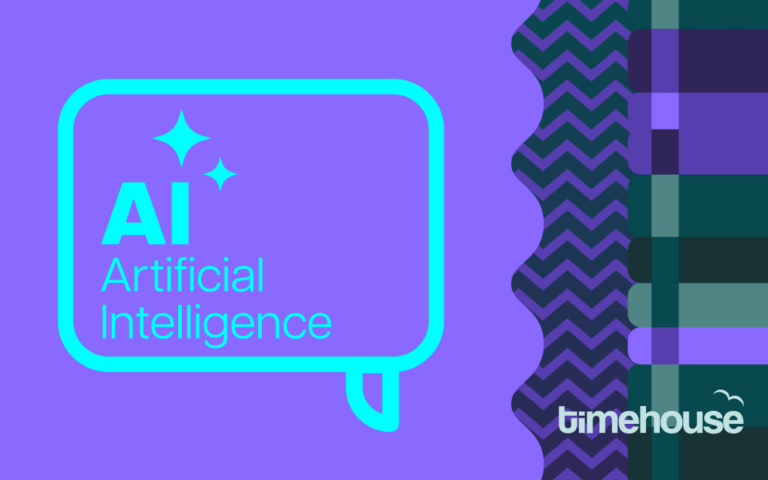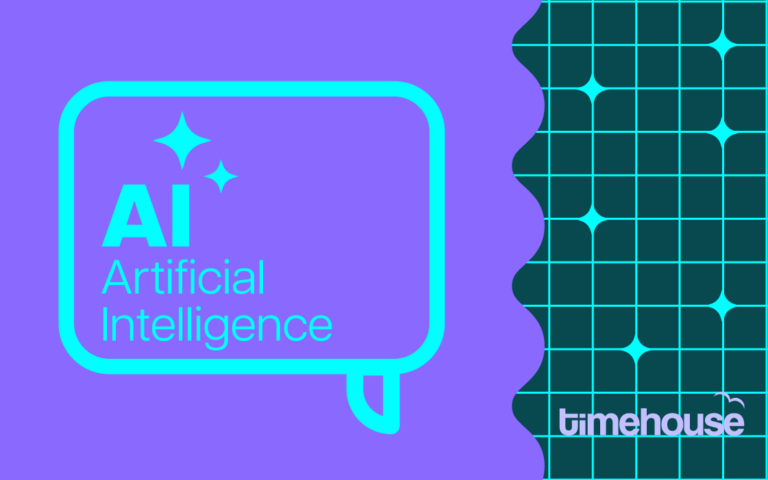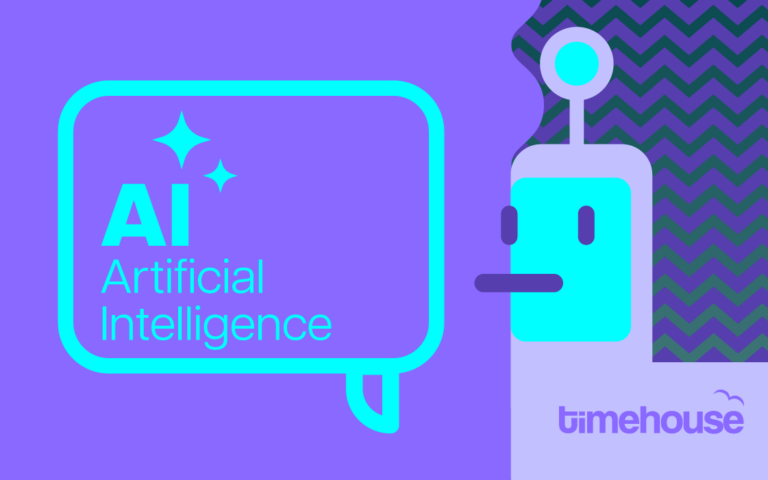Thriving as an educational publisher in the digital world means embracing a multitude of technical platforms and meeting complex user needs. Educators and students need to feel supported, and you must offer secure and scalable systems to ensure seamless access to learning materials.
We have worked with a variety of educators and educational publishers over many years – here are some of their (and our) secrets to digital publishing success.
Still getting to grips with digital publishing? Read our blog on digital publishing tips or evaluate whether digital publishing is an opportunity you should embrace.
Optimised and robust technical systems
You need to have both a good front-end marketplace and a robust back-end system to successfully disseminate your content. Content is king after all!
Here are some key components you need to consider as an educational publisher:
- Marketplace for e-books and materials, e.g. an ecommerce storefront
- E-courses and online learning material delivery, including audio, video, interactive games etc
- Editorial software and content production and management software
- Customer portal for managing licences, subscriptions etc.
- Teacher portal for managing learners
- CRM or other marketing software
- Social commerce plugins
- Learner analytics dashboard.
Map out a clear ecosystem of all the different elements you will need for success, even if some of them are still in development. Having a clear idea of your technical roadmap will help you prioritise.
Technical concepts to consider:
- Invest in high-performance infrastructure to ensure 1000s of e-books and users are kept operational with minimal downtime.
- Cloud delivery: Consider leveraging Azure cloud services for safe, scalable, and reliable content distribution.
- Embrace automation to save time and speed up publishing processes.
- Invest in systems such as Cloudflare for CDN, DNS, DDoS protection, and IPv4/IPv6 connectivity – an easy way to guarantee uptime and systems security.
One area where we have added value for educators is in licensing & publishing automation. In this model, student and teacher licences are streamlined and managed via TimeGate, while InDesign files are automatically converted through TimeBase before publishing. We create lean, optimised software systems that map onto publisher workflows.
Whatever software you use, focus on programs that can talk to each other, either embracing open-source or using software from the same product family.
Joined-up systems and integrations
Joined-up systems are key as they ensure seamless integration between various platforms and tools to enhance user experience. Integrations will also help you protect and leverage your data.
- Interoperability is a key concept. Prioritise integrations across your CRM, e-learning platforms, ERP, SAP, procurement, and ecommerce solutions. Bridge gaps between different software solutions to provide a cohesive digital ecosystem.
- Embrace efficient data management to reduce time spent chasing data, instead focusing on analytics-driven insights.
- Advisory roles are key to successfully managing technical systems: don’t neglect the importance of people operations. If you cannot afford to hire someone in-house to manage your systems, you can easily work with an agency or outsourced CTO.
Time3.0 – an example of integrated publisher software
A centralised publishing control panel for managing licences, products, product groups, users, site structures, orders, integrations, campaigns, and pricing structures.

Time3.0 upgrade to the Helsinki Region Chamber of Commerce’s digital services
Read how our software improved the Helsinki Region Chamber of Commerce’s ability to provide online information to its users safely & securely.
Embracing trends and new technologies
There are loads of useful new concepts popping up in edtech and education, and the best publishers have their fingers on the pulse.
Here are some key concepts and important strategies to incorporate:
- Edutainment & gamification: Engaging learners with interactive, immersive experiences that make education enjoyable and effective is easier than ever. Embrace new technologies to offer immersive and engaging experiences in a lean and cost-effective way.
- Industry networking: Attending industry events and webinars to stay updated with the latest advancements and best practices is the easiest way to keep developing. You can also join industry groups on social media.
- Work with industry-specialist suppliers who can suggest new ideas and optimise current workflows based on their industry experience.
- Leveraging new technologies: AI, machine learning, and automation enhance content delivery and optimise the learner journey. TimeAI products are helping publishers save time and scale faster, especially when it comes to material and catalogue management. (More about AI below).
Embracing seasonality and market fluctuation
The old adage is true: the only thing you can rely on in business is the fact that nothing ever stays the same for long! The fast-moving world of education is no different. Here is how to remain flexible:
- Scale resources during seasonal spikes by ensuring optimal technical resources to manage increased server load and system capacity (Azure and Cloudflare can help with this).
- Get a supplier that can roll out new features on a continuous, cyclical basis, reacting to
changes in the market, industry, and even the materials themselves. - Insist on agile development & support for your publishing house:
- Dedicated development teams for customisation and support.
- Continuous feature rollouts based on market and industry needs.
- Adapting licensing systems to evolving procurement guidelines, including custom easy-order licence families for streamlined purchasing.
- Have a reactive technical team on-hand for technical support requests: this will be especially important during busy term-time spikes.
Owning your specialism with specialist technology
Being able to provide very specific features and products is a great way to establish yourself as a market leader. As your brand develops and you get more industry insights, you will see opportunities to innovate. Custom software can provide the exact solutions needed and help you maintain a robust specialist brand.
This could include:
- A custom ecommerce store solution featuring licensing and specialised functionalities (e.g., MPASS authentication, customised testing material, and backend integrations).
- Custom reporting systems and dashboards, generating usage reports for marketing teams and educators.
You can invest in existing software modules and customise them for your needs – being innovative does not have to be as complicated or expensive as you may think.
Being found: Metadata, accessibility & SEO
Successfully managing your online brand means investing in in good metadata, acing accessibility, and being SEO and search aware.
- Metadata optimisation: Ensure that digital learning materials have structured metadata to enhance discoverability in search engines and educational platforms. (This can be partially automated through AI – more on this below).
- Search Engine Optimisation (SEO): Implement best practices in keyword research, structured data, and user-experience to drive organic traffic.
- Accessibility: Adhere to WCAG and other accessibility guidelines to ensure all users, including those with disabilities, can access content seamlessly.
- AI-Powered search enhancement: Leverage AI-driven tools to improve content indexing, making materials easier to find.
- Syndication: Expand your reach by distributing content across multiple platforms and aggregators.
- Data-driven insights: Use analytics to track discoverability, optimise user experience, and improve engagement rates.
Data integrity & AI-driven enhancements
Here are some ways in which AI and other machine learning modules can help publishers:
- Advanced data models and formats for efficient content management.
- AI-powered tools such as video/audio indexing and search engines and automated metadata generation.
- AI-assisted content editing for faster production cycles. Here is our blog on editorial AI.
- AI integration: using AI to streamline content creation, automate repetitive tasks, and improve content accessibility.
You can use AI to:
- Make strategic decisions faster
- Improve the management, cataloguing, and distribution of materials
We have recently launched some new TimeAI products including an AI-powered video and audio file indexing and search machine and a AI-powered metadata generator for publishers.
Read our blog on AI and publishers here.
Becoming a digital leader in educational publishing requires a strategic blend of technology, innovation, and user-focused solutions. By embracing AI, optimising infrastructure, ensuring seamless integration, and staying agile in the face of industry shifts, educational publishers can deliver exceptional learning experiences at scale.










